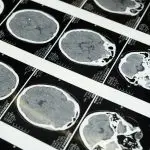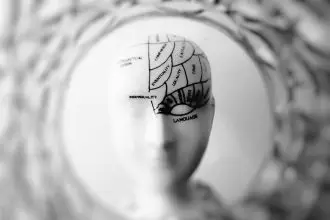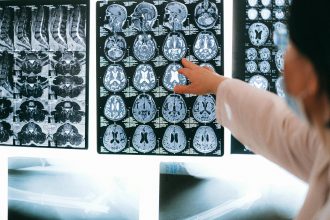Cognitive and Behavioral Changes After Brain Injury
Learn how brain injury affects memory, focus, mood, and behavior, and how cognitive and emotional rehabilitation supports recovery.
Latest
Post-Concussion Syndrome After Brain Injury
Learn about post-concussion syndrome — symptoms, diagnosis, and treatments for lingering effects of concussion, including headaches, memory issues, and fatigue.
Brain Injury Recovery Stages
Learn the stages of brain injury recovery — acute care, early rehab, long-term adaptation, and lifelong progress through neuroplasticity.
Complementary Therapies for Brain Injury
Explore complementary therapies for brain injury — mind-body practices, creative therapies, nutrition, and safe approaches to support recovery and well-being.
Family and Caregiver Support After Brain Injury
Explore the vital role of caregivers after brain injury — emotional strain, burnout, resources, and strategies to support both survivors and families.
Occupational Therapy for Brain Injury
Explore how occupational therapy helps brain injury survivors regain independence in daily life through self-care training, cognitive rehab, and adaptive tools.



























